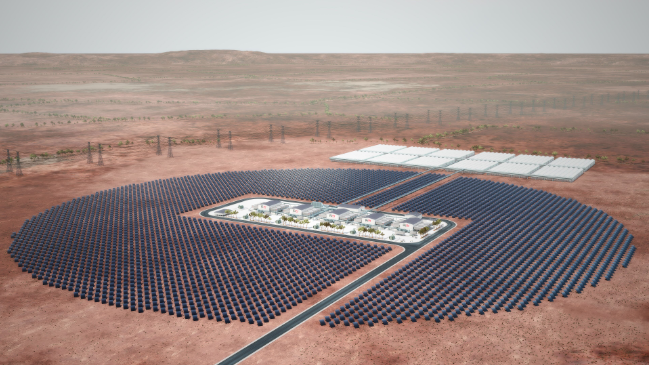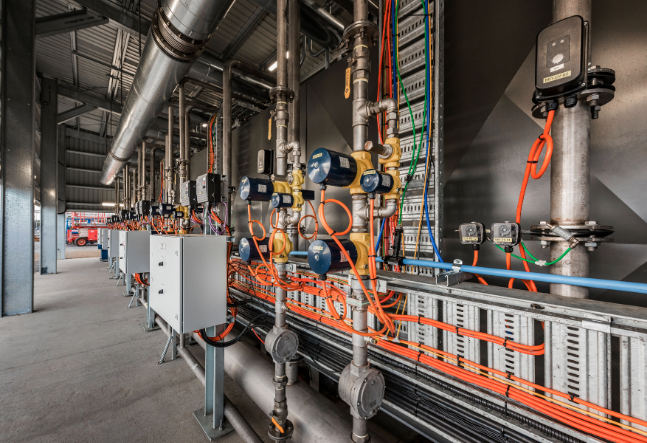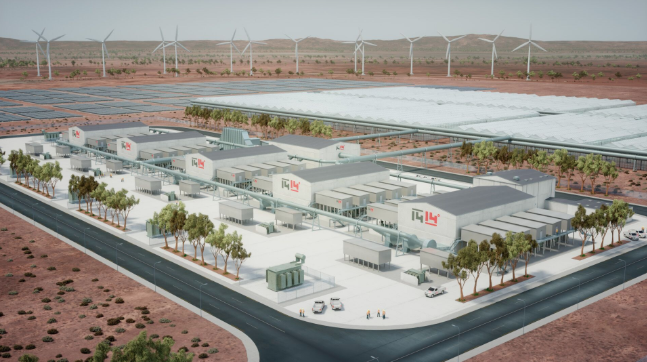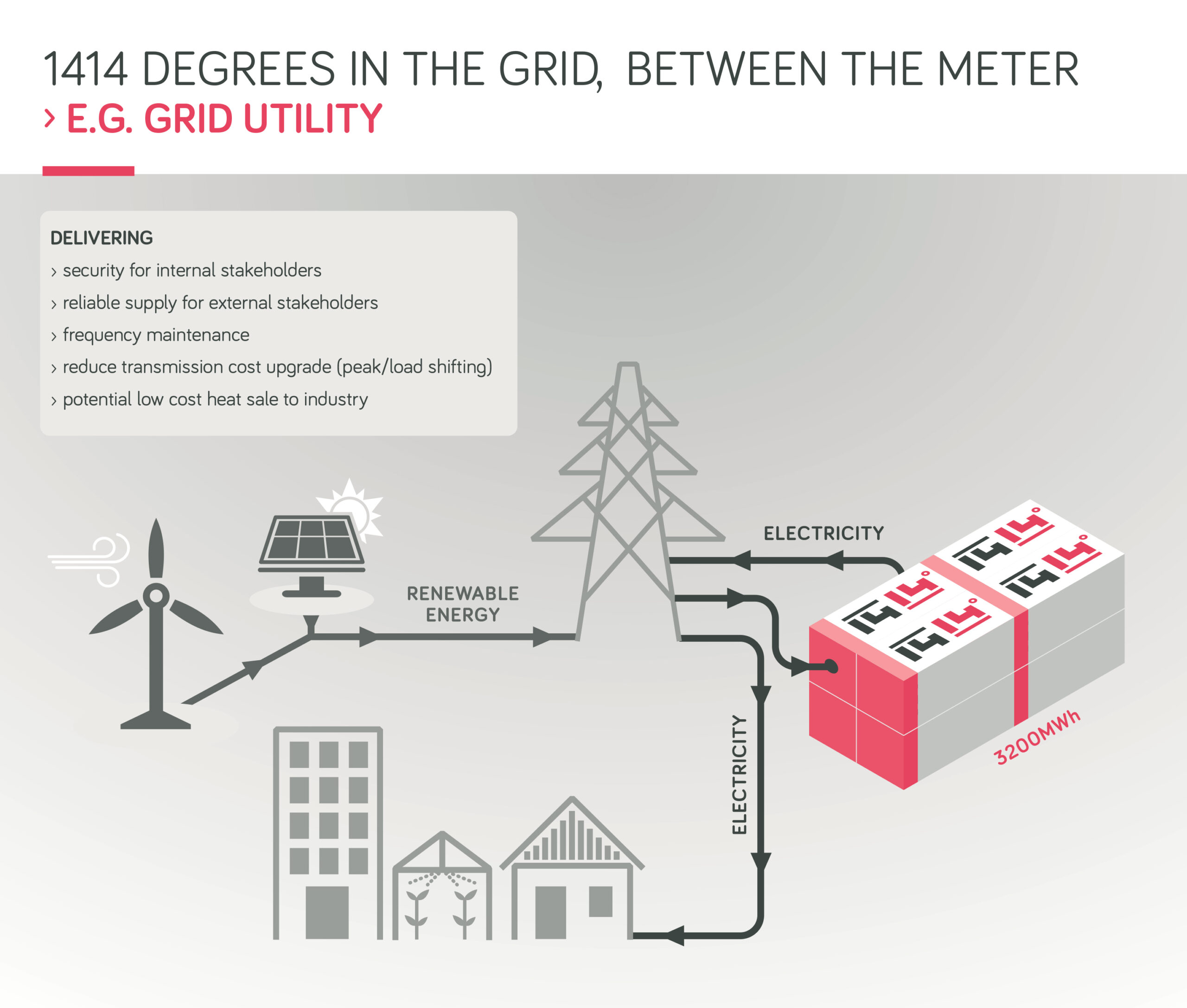
A unique project combining large-scale capacities of solar PV and concentrated solar thermal (CST) will be able to deliver firm power through the use of a pioneering thermal energy storage plant.
Last week, Australian firm 1414 Degrees (14D) said it would acquire SolarReserve Australia II Pty Ltd, which owns the aforementioned Aurora Solar Energy Project near Port Augusta in South Australia as well as two other solar sites in New South Wales.
Enjoy 12 months of exclusive analysis
- Regular insight and analysis of the industry’s biggest developments
- In-depth interviews with the industry’s leading figures
- Annual digital subscription to the PV Tech Power journal
- Discounts on Solar Media’s portfolio of events, in-person and virtual
Or continue reading this article for free
14D will use the Aurora complex to pilot its pathfinding TESS-GRID thermal storage technology and deliver stable power to the grid. The storage system will gradually be built up to store and dispatch several thousand megawatt-hours, the firm said in a release.
Thermal Storage inventory

The thermal storage system would supply hours of dispatchable electricity with spinning reserve from its turbines and a range of frequency control ancillary services (FCAS) to support grid stability. The TESS-GRID could also purchase and store electricity generated by other renewable energy projects on the region's high voltage transmission network. This would strengthen its firming services and increase earnings from market arbitrage.
The company stores energy in molten silicon as latent heat, reaching 1414° Celcius, hence its name. Thus, heat stored by the TESS-GRID at the Aurora plant could power greenhouses and industry, while 14D is also considering production of hydrogen using the excess heat from its turbines.
14D's emergence came after a TESS prototype was first demonstrated in 2016 and then scaled twenty times to commission a large electrically charged TESS in December 2018. The company then commissioned a biogas fired thermal energy storage system as a pilot plant at its first commercial site at SA Water’s Glenelg Wastewater Treatment Plant in May 2019.

The Aurora project was originally set to have 70MW of PV and 150MW of CST, but 14D is also seeking government and stakeholder approvals for another 400MW PV development to go alongside the new storage installation.
1414 Degrees executive chairman, Dr Kevin Moriarty said: “The unregulated high-voltage transmission line to the OZ Minerals Carrapateena and Prominent Hill mines is being constructed along the boundary of the Aurora Solar Energy Project, and provision has been made for a substation at the existing Aurora site with direct connection to the Davenport substation in Port Augusta.
“Davenport is part of the major transmission networks to Eyre Peninsula, Adelaide and the new interconnector to New South Wales. This project is currently not impacted by marginal loss factors (MLF) that have constrained output from renewable farms in remoter parts of the national grid,” he said. “We will reopen negotiations with OzMinerals and ElectraNet as soon as the acquisition is complete.”
Dr Moriarty, whose firm bought the Aurora project for AU$2 million (US$1.37 million), claimed that it had drawn much interest from investment funds looking to capitalise on the new technology.
“The advanced status of this project is expected to result in early revenues from energy sales,” he added.

